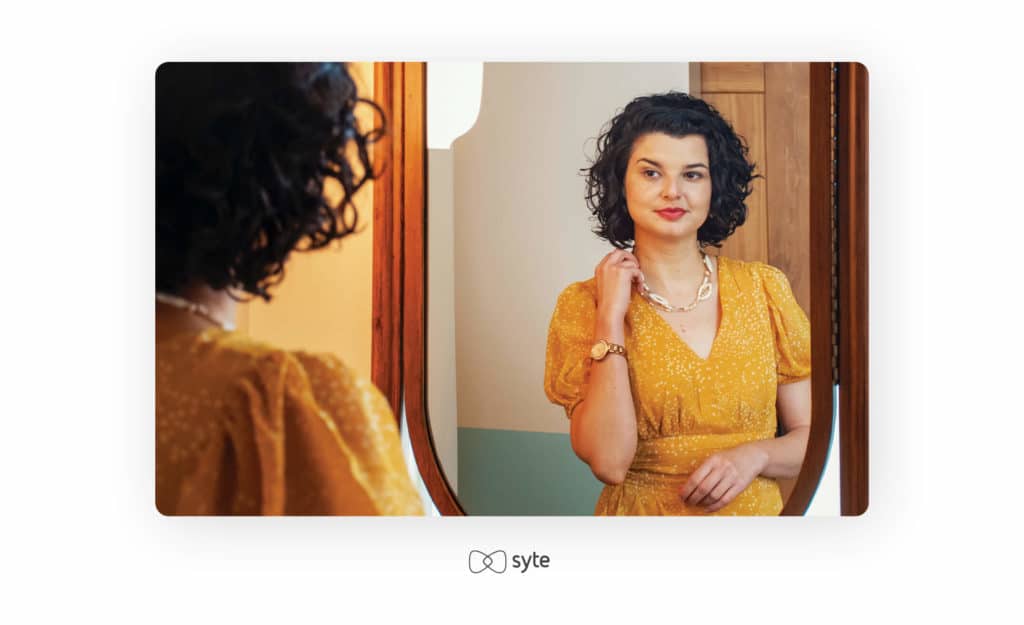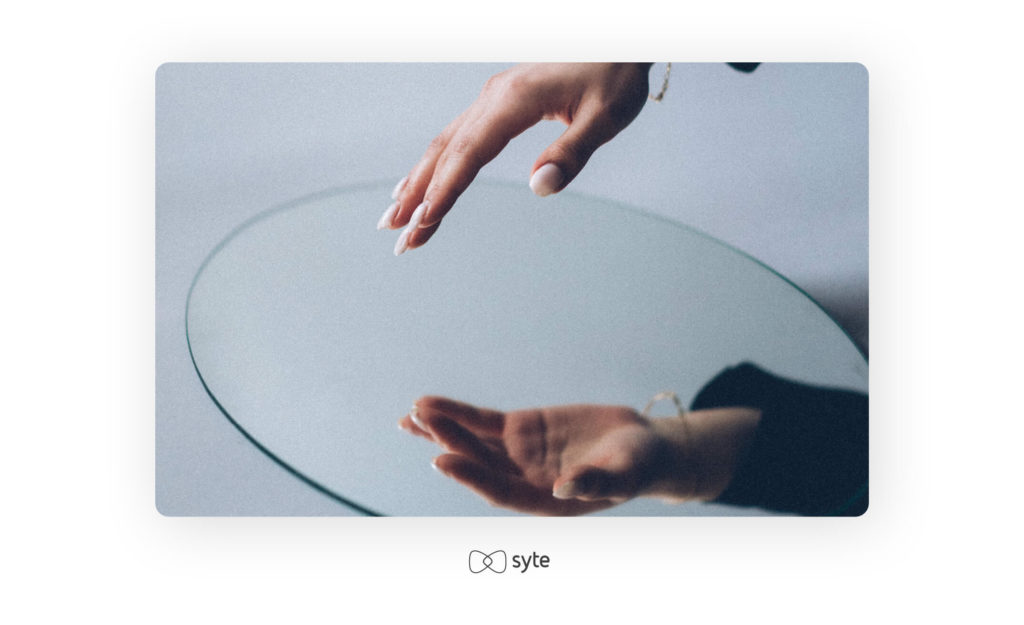At a time when nothing beats the convenience and accessibility of online shopping, brands and retailers aiming to maintain a strong physical presence are reimagining the in-store shopping experience.
The focus in physical shopping should be anchored in engaging, inspiring, and conversion-oriented experiences that motivate shoppers to buy and keep them coming back. This can be achieved through “experiential shopping,” which consists of unique in-store offerings, such as live music, art exhibitions, lounges, restaurants, and advanced technology like augmented reality (AR).
Brands and retailers can excite and engage customers without undertaking major renovations or making hefty technological investments. One way to achieve this is through visual AI smart mirrors, which introduce shoppers to relevant products based on what they’re wearing.
How Do Smart Mirrors Work?
From a distance, a smart mirror might look like your typical floor-length mirror, but can actually be likened to a life-sized digital personal shopping assistant. Smart mirrors can interpret shoppers’ unique styles with your entire store inventory in mind.
Powered by visual AI technology and robust product tagging, sensors behind the glass scan a shopper’s look and automatically identify every visible piece of clothing and accessory. A digital screen appears beside a shopper’s reflection with an array of visually similar products and complementary items to complete the look.
Shoppers can interact with the products by tapping the screen to get a closer look, read product information, care instructions, and find out if their size is in stock. They can also add items to their cart and check out, which speeds up the customer journey and conversion.

Smart Mirrors Boost the In-Store Experience
Smart mirrors offer the best of both worlds. Not only are they fun to use, but they also introduce shoppers to more inventory and add another layer of personalization to the in-store experience. The combined effect is greater sales and memorable experiences.
Here are just a few ways that smart mirrors create experiential shopping experiences.
Enhance Product Discovery
Smart mirrors are valuable product discovery tools because they automatically introduce shoppers to relevant SKUs based on their taste and style. For example, if you’re in the market for a floral sundress, but don’t love the one you spot at first, you can simply hold it up to the smart mirror to view all of the floral dresses the store has in stock. Or say you’re trying on wide-leg jeans, but they don’t fit just right. The smart mirror can show you other wide-leg jeans, and you can have a new pair brought to the fitting room without stepping outside. The smart mirror can also suggest pieces to complete the look, such as shoes, a hat, and jewelry.
Boost Your Merchandising Strategy
In-store merchandising, which traditionally relies on store layouts and physical displays, is limited by space. Smart mirrors allow you to bypass these constraints by exposing shoppers to products relevant to their style while personalizing the experience.
This is particularly effective for stores that use the showroom model, where a sparse, curated look is a deliberate part of the in-store strategy. Smart mirrors enable these brands to maintain a showroom look and feel while creating more opportunities to expose shoppers to relevant products, increase conversion, and drive sales.

Increase Customer Engagement
Smart mirrors are fun to use and create memorable shopping experiences for new and existing customers. This creates a delightful shopping journey and is a significant brand touchpoint for technology-centric consumers. It connects them with the right product at the right time and adds another opportunity for engagement and interaction.
Support Omnichannel Efforts
Being omnichannel is all about achieving a level of harmonization and connectivity across online and offline channels. Smart mirrors bridge both areas by bringing sophisticated digital technology to brick-and-mortar stores. In stores with limited sales associates or personal shoppers, a smart mirror provides innovative and personalized support.

Experiential shopping is one of the best ways to provide an inspiring, and conversion-oriented experience, and there are many ways to achieve this. Smart mirrors offer innovative experiences that engage shoppers and delight them with personalized recommendations and effortless product discovery. On the business front, they enable brands and retailers to boost average order value (AOV), conversion rate (CVR), and other KPIs.